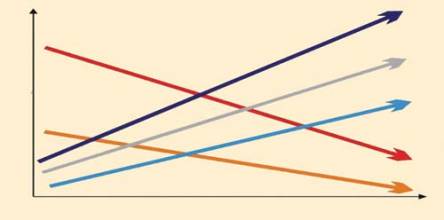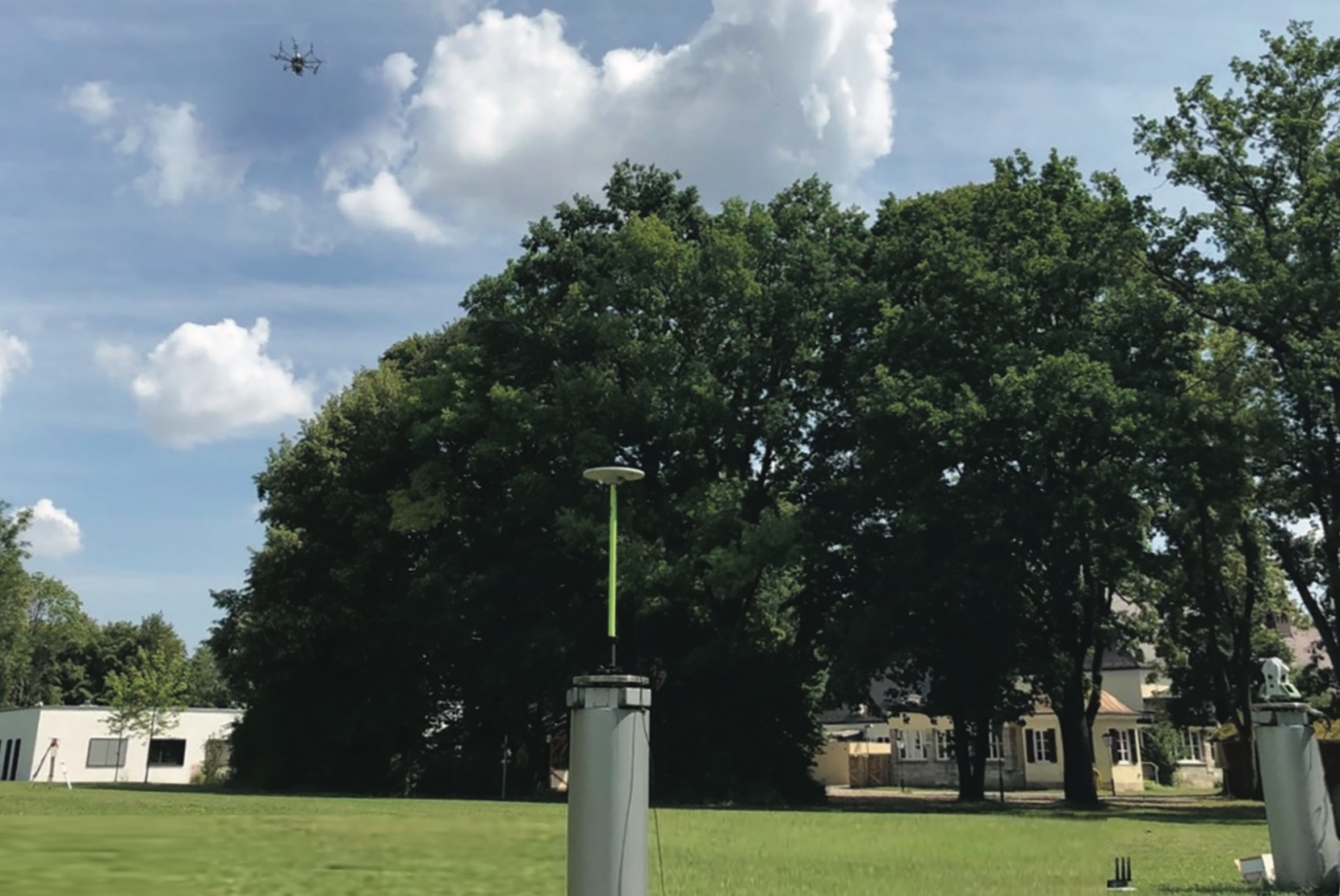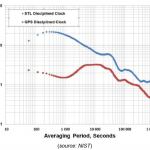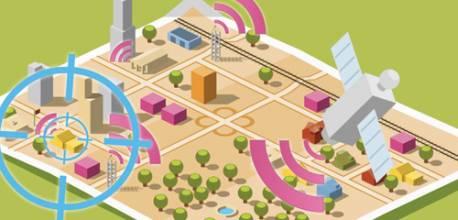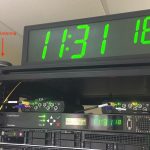A common thesis expressed frequently in recent years asserts that GNSS does not work in indoor environments. Surely, however, this simplistic assumption is no longer tenable.
Receivers are becoming ever more sensitive due to ceaseless progress in chip technology and processing power. Moreover, with the advent of new GNSS systems under development, the number of available satellites and signals is expected to be considerably larger within a few years.
A common thesis expressed frequently in recent years asserts that GNSS does not work in indoor environments. Surely, however, this simplistic assumption is no longer tenable.
Receivers are becoming ever more sensitive due to ceaseless progress in chip technology and processing power. Moreover, with the advent of new GNSS systems under development, the number of available satellites and signals is expected to be considerably larger within a few years.
Unfortunately, high sensitivity is only one milestone on the road to success. The topic is more complex and processing GNSS positions indoors has a catch. In the vast majority of cases the navigation signal does not reach the receiver antenna via a direct line-of-sight, but rather experiences such phenomena as reflections, diffraction, or scattering when entering a building and propagating indoors.
We may summarize these effects with the term “fading.” They typically lead to an extension of the estimated pseudorange and may result in severe deterioration of position accuracy.
In order to cope with these non-line-of-sight signals a laborious investigation of the indoor propagation channel is needed to provide a substantial understanding of the actual effects of this environment on GNSS signals.
This two-part column starts with an overview of existing channel models, examines new insights gathered from experiments that have recently been carried out, and presents a new satellite navigation–specific channel model. These activities shine a light on essential model parameters as well as construction materials of the building, shapes and contours of the environment, and incident angles of arriving signals. The second part of the series will apply these lessons learned to the Galileo signal itself. . .
. . .The amount of the data on which this work is based was moderate, in particular with respect to the diversity of architectural styles. For this reason we think that future investigations have to be done to confirm and enhance the results presented here. More extensive field campaigns are necessary to estimate the model parameters accurately.
Furthermore, a proper investigation of additional indoor environments will allow a better understanding of the relationship between the various model parameters. In any case, the results that have been presented here clearly show that the elevation and the azimuth of the satellite can be properly used to estimate the characteristics of the indoor propagation channel for satellite navigation purposes.
(For the complete article, including figures, graphs, and additional resources, please download the PDF version at the link above. )

